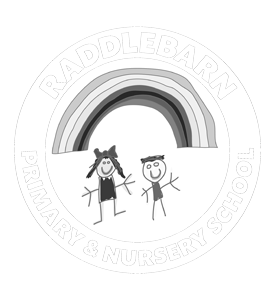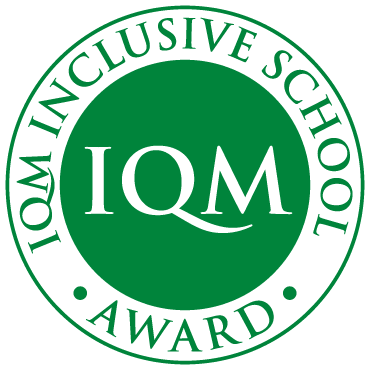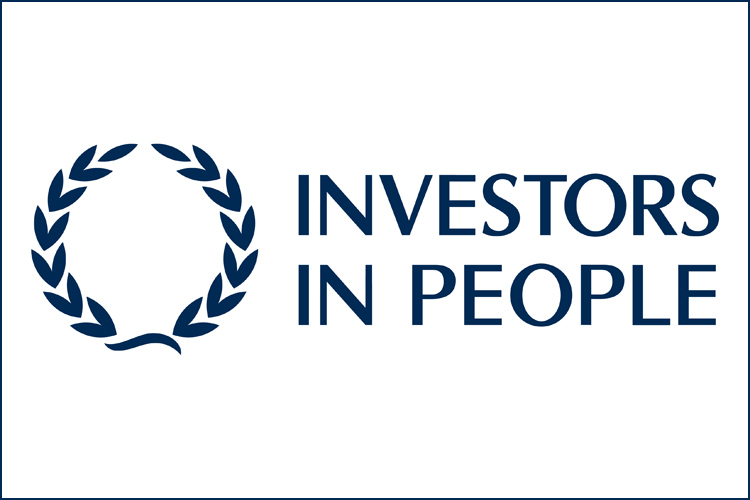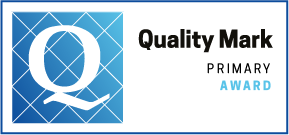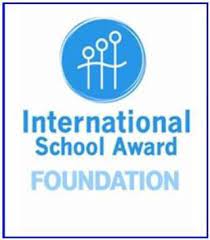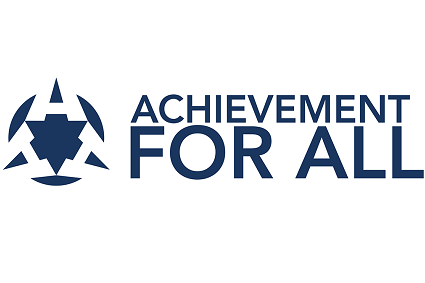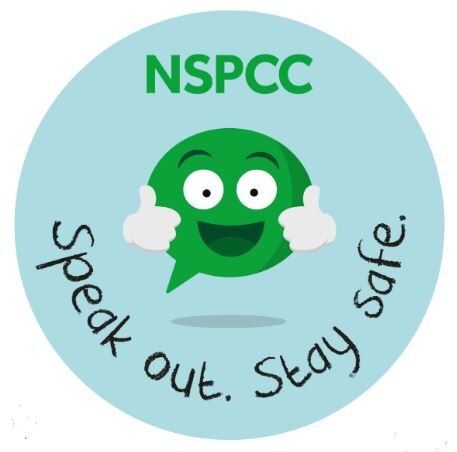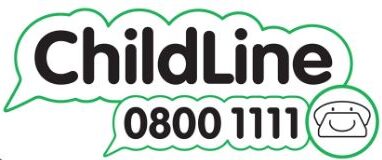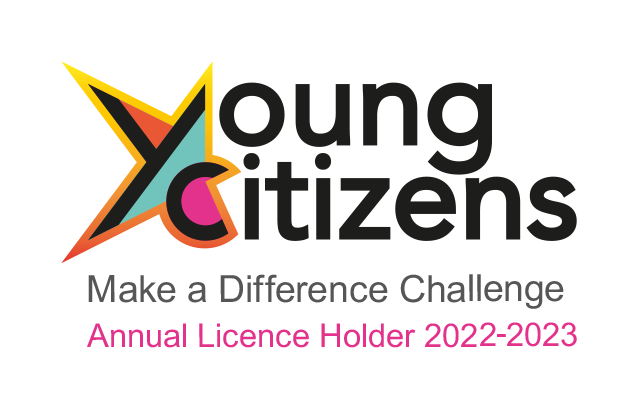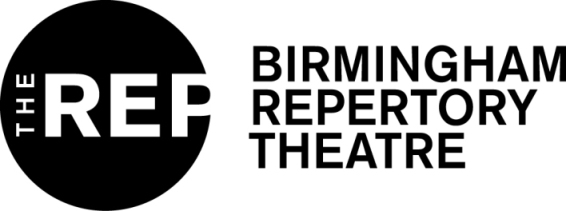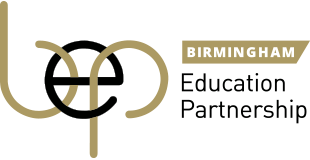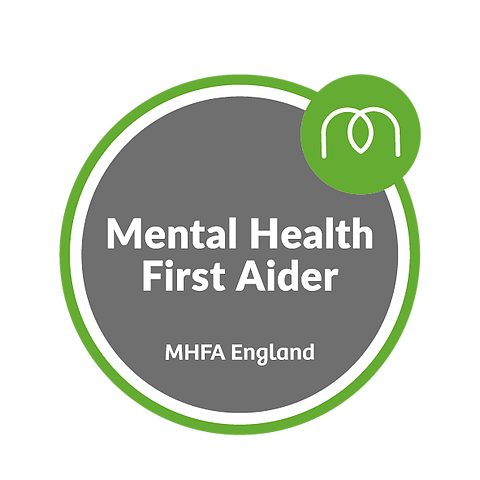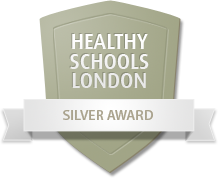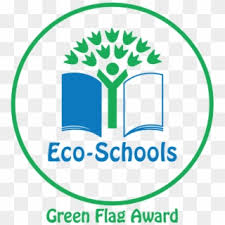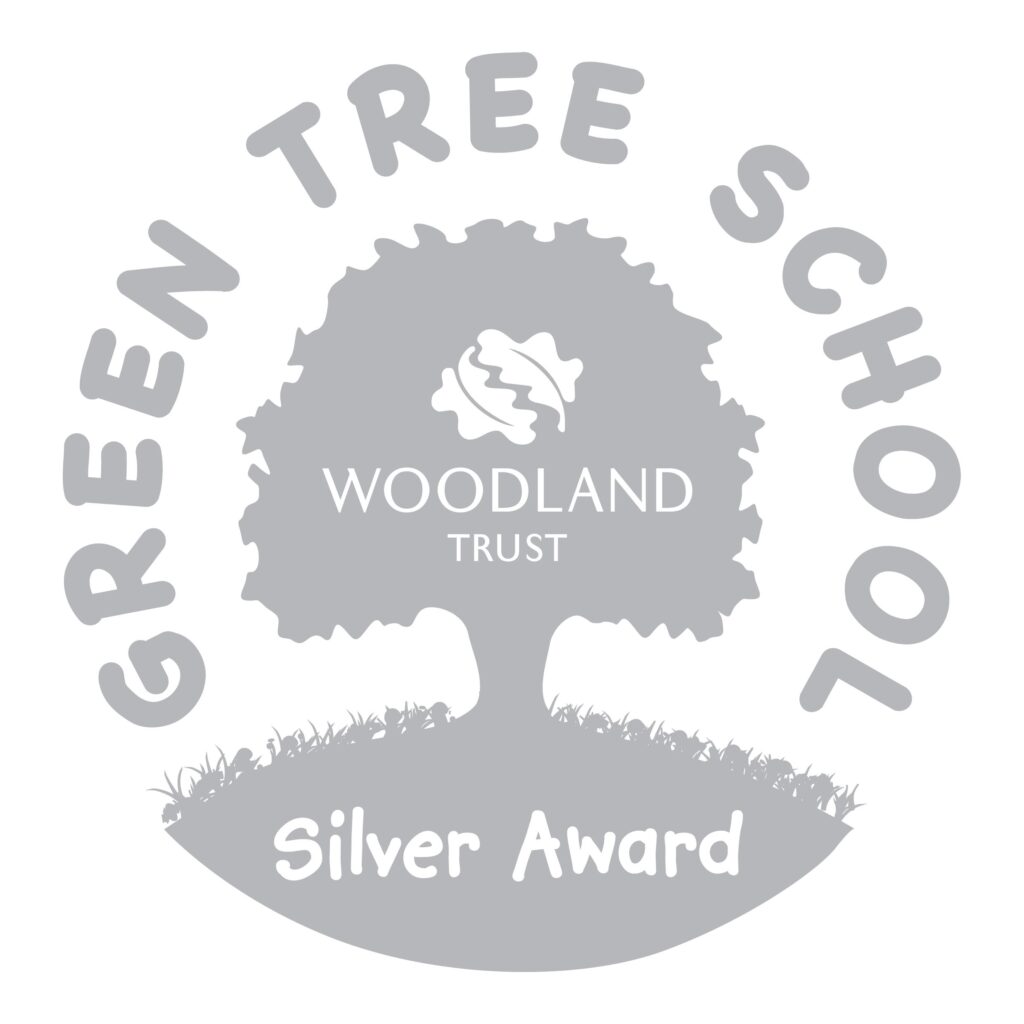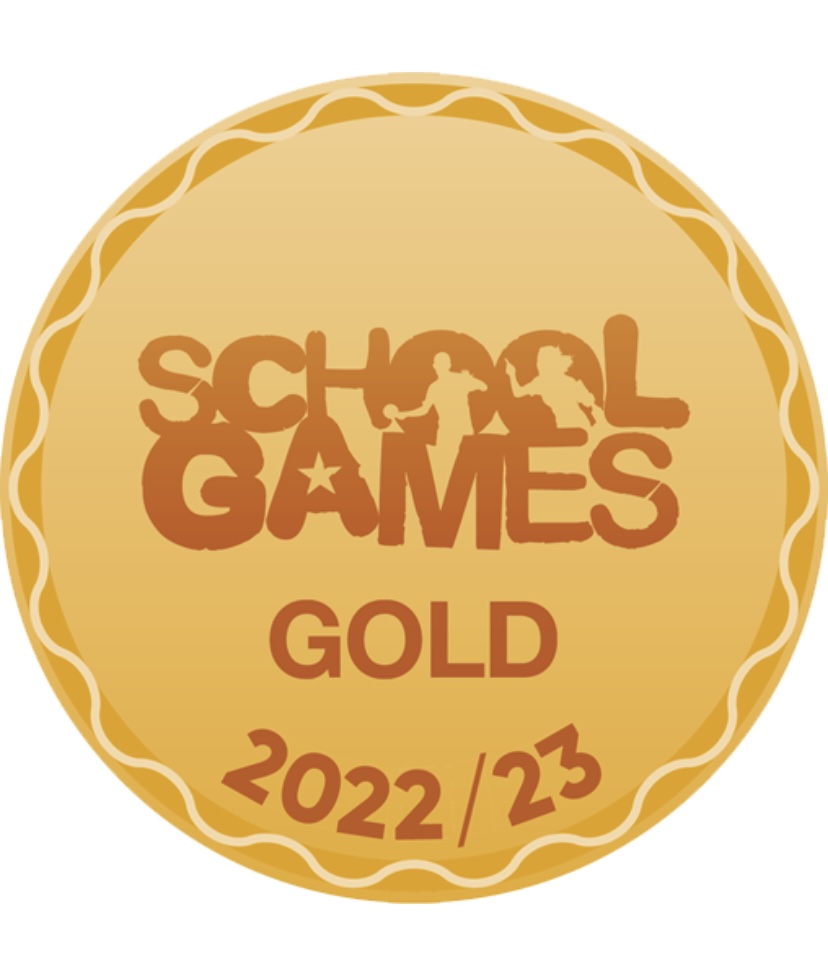
Intent
Through art and design at Raddlebarn, we aim to fulfil the requirements of the National Curriculum, by providing a broad and balanced curriculum, ensuring the progressive development of knowledge and skills across all year groups. We strive to enable all children to observe and record from first-hand experience and from imagination, developing competence in controlling materials and tools, acquiring knowledge, and becoming proficient in various art and design techniques and processes. Our aim is to ensure a developing awareness of visual and tactile elements including colour, pattern and texture, line and tone, shape, form, and space.
Fostering enjoyment and appreciation of the arts and developing a knowledge of significant artists, craftspeople, and designers, is a key focus when planning our curriculum. Increasing critical awareness of the roles and purposes of art and design in contrasting times and cultures is a fundamental skill that we wish to instill through every year group. Our intention is that all children should know how art and design both reflect and shape our history, and contribute to the culture, creativity, and wealth of our nation.
The aims of teaching art and design in our school are primarily to engage, inspire and challenge pupils, equipping them with the knowledge and skills to experiment, invent and create their own works of art, craft, and design. As pupils progress through school, we aim for them to think critically and develop a deeper understanding of art and design, learn to analyse works using appropriate language and core vocabulary, and develop a cross-curricular approach to the use of art and design in all subjects.
Art and design stimulates imagination and creativity; involving children in a range of visual, tactile, and sensory experiences, which enable them to communicate what they see, think, and feel using the elements of colour, texture, form, and pattern. By producing creative work, exploring their ideas, and recording their experiences, we expect children to become proficient in drawing, painting, sculpture and other art, craft and design techniques.
Within art and design, we strive to create a supportive and collaborative ethos for learning with emphasis placed on investigative and enquiry-based learning opportunities, which will help children gain a coherent knowledge and understanding of each unit of work covered throughout the school.
Implementation
To ensure high standards of teaching and learning in art and design, we implement a curriculum that is progressive throughout the whole school. We use sketch books for Art from Year 3 to Year 6 which each child takes through school with them as a record of progression.
At Raddlebarn we have one main art block each year linked closely to a topic unit. This is chosen carefully to focus on knowledge and skills stated in the National Curriculum for that year group. What does not fit within that unit is covered throughout the year within other topics or as part of seasonal activities. In this way we have a fully focused and deeply immersive art unit each year and as part of our ongoing termly activities when appropriate. We feel this is important in enabling all children to gain ‘real-life’ experiences.
The art and design curriculum at Raddlebarn Primary School outlines the knowledge and skills taught in each Key Stage. Teachers plan lessons for their class using Curriculum Overviews and Progression Documents, to ensure skills and knowledge are taught in a progressive flow from year group to year group. Staff draw from a wide variety of artists, including those from diverse cultures, genders, and historic eras. We inspire the children by carefully choosing distinctive styles of art to study through each unit and be creative with how the core skills can be implemented.
We use carefully designed Knowledge Organisers, which are shared with parents and carers at the beginning of each topic, to enhance each unit and provide a framework, context, and background knowledge for each year group. Children then complete Quick Quizzes based on key knowledge and skills, that are used mid-point and to assess at the end of each unit.
Teachers carry out annual reporting of standards across the curriculum alongside continuous ongoing assessment for learning both verbal and written. Using children’s verbal feedback and written evaluations in sketchbooks, we discuss how children assess their own progress and enjoyment.
At Raddlebarn Primary School art is fully inclusive to every child. Whilst recognising that children with SEND often excel in the arts, where restrictions of language or number are taken away, we do fully support and scaffold to ensure no barriers to learning hinder progress. This may range from pre-teaching key vocabulary, visual activities and prompts to verbal recording when analysing and critiquing of their own work.
We believe that art and design, provides excellent opportunities to enhance the learning of more able pupils, through investigations, analysing sources and writing extending pieces. Through the careful use of sketch books, we are developing those complementary skills within all students throughout school.
Children also have opportunities to experience art and design on educational visits. Classes have explored local museums/art galleries and had visitors into school to share art and design learning and have hands on experiences.
At Raddlebarn we appoint Arts Ambassadors every year who take on responsibilities for art throughout the school and serve as an extra layer of pupil voice which helps us to ensure the enjoyment of art across the curriculum. They meet regularly with key staff and feedback to both staff and fellow pupils about ongoing projects and any ideas that have been put forward.
Our art and design curriculum is high quality, well thought out and is planned to demonstrate progression. We focus on progression of knowledge and skills and discreet contextual vocabulary also forms part of the units of work.
Impact
Detailed sketchbooks evidence experimentation, research, critical thinking and analysis skills that build through each year of a pupil’s life here at Raddlebarn. They provide records of skill-based learning, evaluation skills and pupil voice through their own comments and ideas. Every sketchbook is individual to that child, showing growing progression and evidence of a sense of personal style, taste and confidence that can be seen to grow with each unit covered. They evidence the sense of autonomy each child has over their work and the pride they develop in their own personal record.
Through regular interviews with the children at Raddlebarn, including the current Art Ambassadors, we can see a love of creativity and experimenting with art and design that does not stop at Early Years. Children here clearly love art and enjoy any chance to take part in creative projects with increasing confidence.
Displays of children’s work around school, show unmistakable evidence of clear progression of skills, knowledge and confidence in art and design. Children in our school express themselves creatively and enjoy sharing their work with pride.
Homework activities on our Padlet also prove that the love of art does not stop when they leave the school environment, with often creative and inventive additions added each week from across the whole school cohort.
Key Concepts
In art and design we plan and deliver art through the key concepts and vocabulary listed below:
| Concepts | Explanation | Vocabulary | Explanation |
| Visual | This element is that aspect of art which relates to the way we see things: through line, tone, colour, pattern, texture, shape, form and space. | line | Short or continuous marks made using a variety of tools. Line can define the edge of a contour or shape and can be straight, curved, broken or continuous, thick or thin. Lines can be used to represent texture and form by hatching and cross hatching. |
| shape | Shape is created by enclosing a space using an outline. The shape of an object or geometric pattern and the shape between objects. | ||
| Technical | This element is concerned with manipulating materials using appropriate technical skills, so that ideas and feelings are made visual through the use of media. | form | Description of 3D shape, form has volume and occupies space, it can be regular e.g. a cube or sphere or irregular e.g. a stone, shell or a fir cone. |
| space | The unlimited 3-dimensional expanse in which all objects are located. The distance between two points. The illusion of space can be created through the use of colour, tone, linear perspective and scale. | ||
| colour | We are surrounded by colour – take a look! There are three primary colours red, blue and yellow. They can be used to mix secondary colours: green, purple and orange. | ||
| Personal and conceptual | This element is the communication of thoughts, feelings and emotion. Pupils need to work both from imagination and memory (the inner world) and observation (the external world). | tone | Differences in light and dark, tint or shade of colour to show effect of light on colour and form. Lighter/darker tones or tints can be made by adding black or white to a colour. |
| texture | Describes how something feels, the surface quality of an object. Rough, smooth, hard, soft, prickly, spikey, furry. | ||
| pattern | The arrangement of shapes, natural and man-made, decorative design on surface. (Zebra, tiger, daisy petals, brickwork, wallpaper, wrapping paper, fabric designs, patterns from other cultures). |
Supporting Documents:

